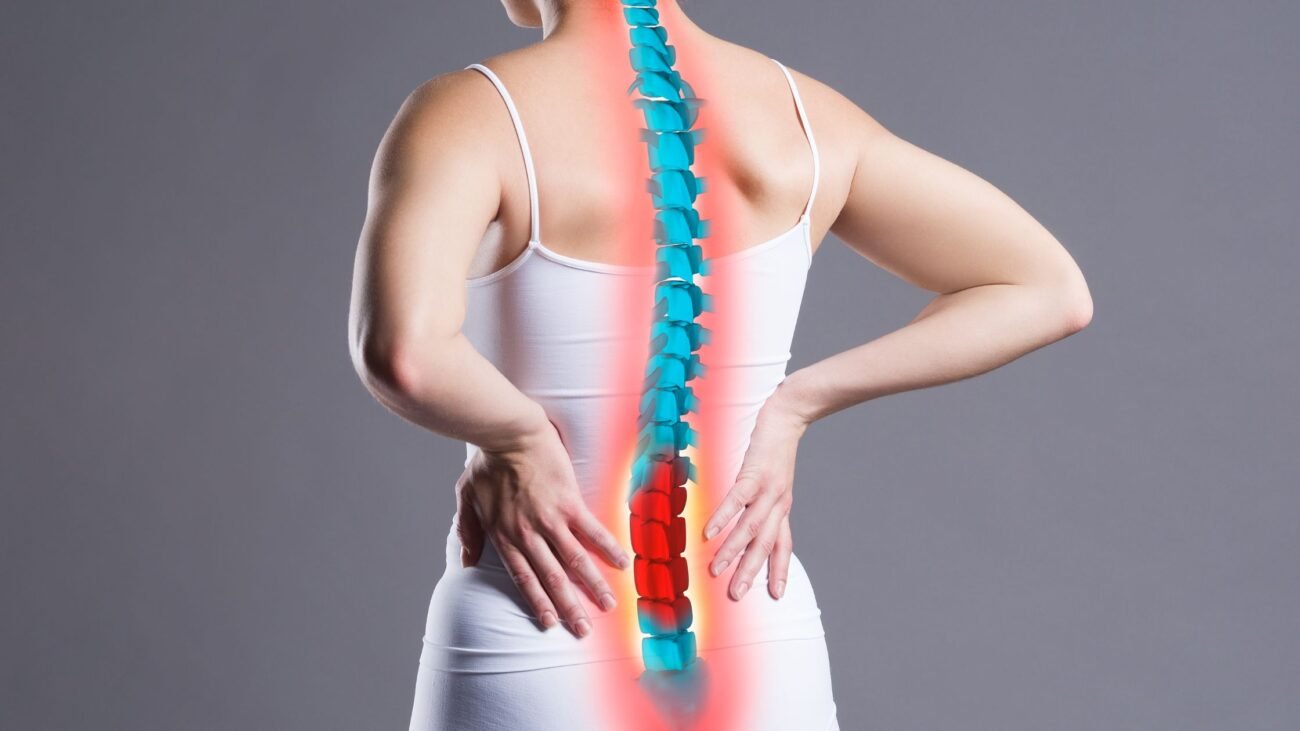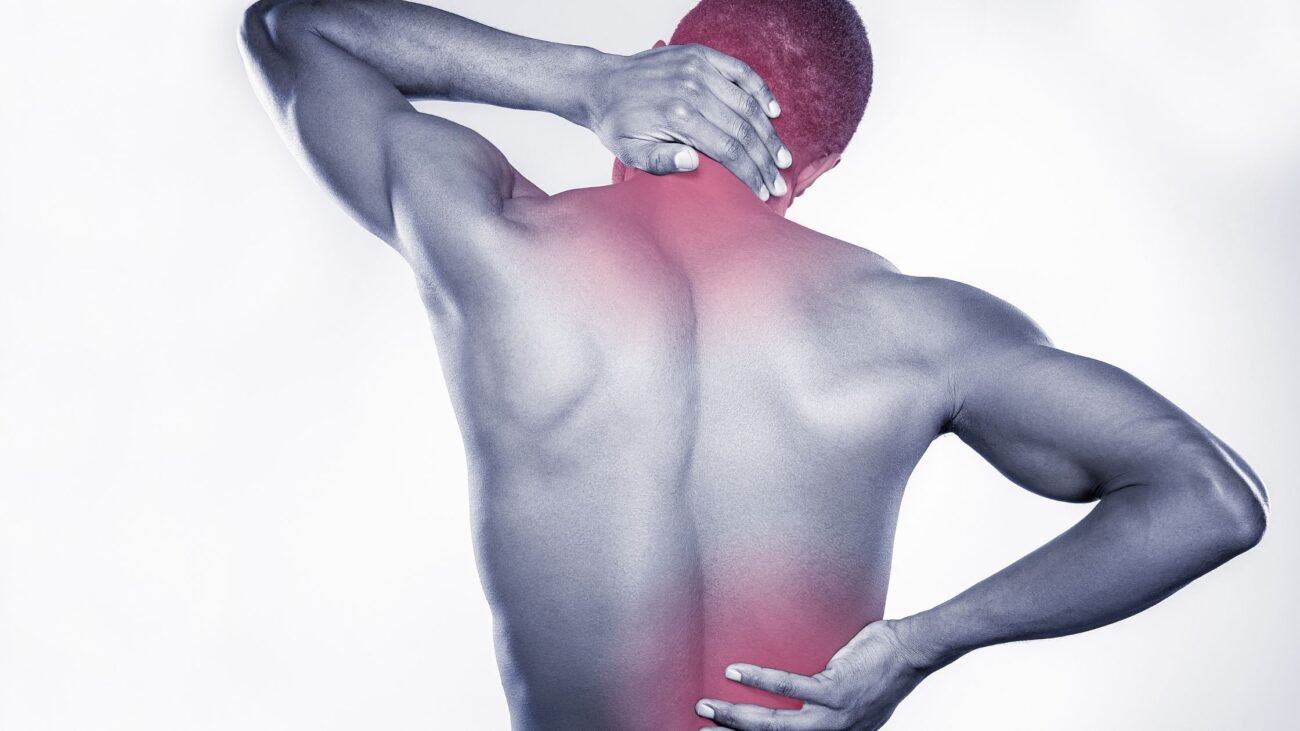Many of you may be thinking about what “coccyx” means. Typically, the coccyx is mentioned as the “tailbone.”
The coccyx, or tailbone, is way more significant than you might imagine. And not taking care of it can result in major painful problems, which can persist for your whole life.
Let’s discuss this underappreciated structure.
What Is Coccyx?
It is a small grouping of three to five bones in the vicinity of your tailbone that began as distinct bones but eventually fuses together by the time you’re 30.
The coccyx is a triangular arrangement of bone that makes up the very bottom portion of the spine below the sacrum, bears weight and is a crucial part of the body, performs significant functions such as walking, sitting, etc.
Location of Coccyx
In your spine, your coccyx is directly beneath your sacrum, A Bone structure at the base of your spine. Several tendons, muscles and ligaments hook up with it.
Both the coccyx and, therefore, the ischial tuberosities (two bones that make up the bottom of your pelvis) bear your weight when you sit down and know how important it is to keep it in alignment and protect it from any injury.
What Causes Tailbone Pain (Coccydynia)?
Before understanding the causes, you should know that Coccyx pain, aka coccydynia or coccygodynia, is a common problem.
Also, it has been estimated that 1% of any population report back pain, part of which is coccyx pain. Moreover, this pain occurs five times more frequently in women than in men.
Causes Resulting in Coccydynia (TAILBONE PAIN)
Falling
Falling is one of the frequent reasons or causes that result in tailbone pain. And rarely is there any person who hasn’t fallen backwards onto their behind! Maybe you fell off a ladder.
Or maybe you got your foot on the ice. All this will take a toll on the coccyx, which as a consequence, can bruise, break (fracture) or dislocate (knock out of place) your tailbone (coccyx).
Pregnancy/Childbirth
During the trimester of pregnancy, a woman’s body secretes hormones that soften the area between the sacrum and the coccyx.
This permits the coccyx to move as necessary during childbirth. This is often a natural process, but unfortunately, such movement may stretch the muscles and ligaments around the coccyx too far, causing additional pain.
Such a strain on those soft tissues keeps them from supporting your coccyx at the right angle.
Having an Excessive or Inadequate Weight
Extra weight applies additional pressure to the coccyx. This will cause the coccyx to lean backward.
Your tailbone will get hurt if it’s out of position, whereas if you don’t have enough fat in your buttocks to stop your coccyx from rubbing against the muscles, ligaments and tendons, which will also cause coccydynia.
Sitting
Nowadays, we all are following a sedentary lifestyle resulting in long hours of sitting, which is going to increase coccyx pain, especially if you’re sitting on a tough or narrow surface.
And to avoid it, stretch and take a brief walk. Even better, find a softer, more comfortable seat or must use a cushioned seat.
Ways of Treating Coccygeal Pain
There are some ways through which one can treat coccygeal pain in a better way through a few changes, so here are some practices that one should do to stop it from any misalignment.
1. Proper Seating
As we all know today most are living sedentary lifestyles whether it is men or women, sitting in one place for long hours to complete their deadlines or it is the pupil who is busy working hard to cope with their peer fellows or it is old age people suffering from various diseases which force them to spend long hours at one place.
During this, you actually need to add a little something to your seating arrangement, to stay your coccyx in a healthy position.
Moreover, it’s beneficial to use a coccyx seat cushion that has a cutout for the coccyx to ensure that you aren’t putting too much pressure on the small bone.
This sort of cushion will also encourage proper posture, ensuring that the rest of your spine is in line as well.
2. Avoid Sitting or Standing Still for Too Long
It’s important for every individual to avoid such situations where they have to stand or sit still for a long hour period.
As an example, someone working in an office had to take a seat at one place to get the work done but find reasons to get up and move to break the monotony for a few minutes at least every couple of hours.
This might mean getting a drink of water, visiting the break room for coffee, or visiting to deliver a message to a colleague instead of emailing them.
3. Good Sleeping Positions
After working all day, it’s important to keep a check on your sleeping positions so that you wake up fresh the next morning otherwise, you will ruin your whole day.
Like, do make sure you give relief to your coccyx, do not put pressure on it. In addition, using good quality memory foam pillow also will help you to keep your spine aligned while you are sleeping and keep pressure off your coccyx.
If you have ever downplayed the significance of your coccyx, we hope at this point you have realised how vital this tiny, triangular bone is to your overall health.
Just in case you are not able to improve pain, do consult the doctor immediately to avoid serious injury. Possible treatment options are physiotherapy, steroids, injections, medications like Ibuprofen or Aspirin, and stool softeners.





Leave a comment